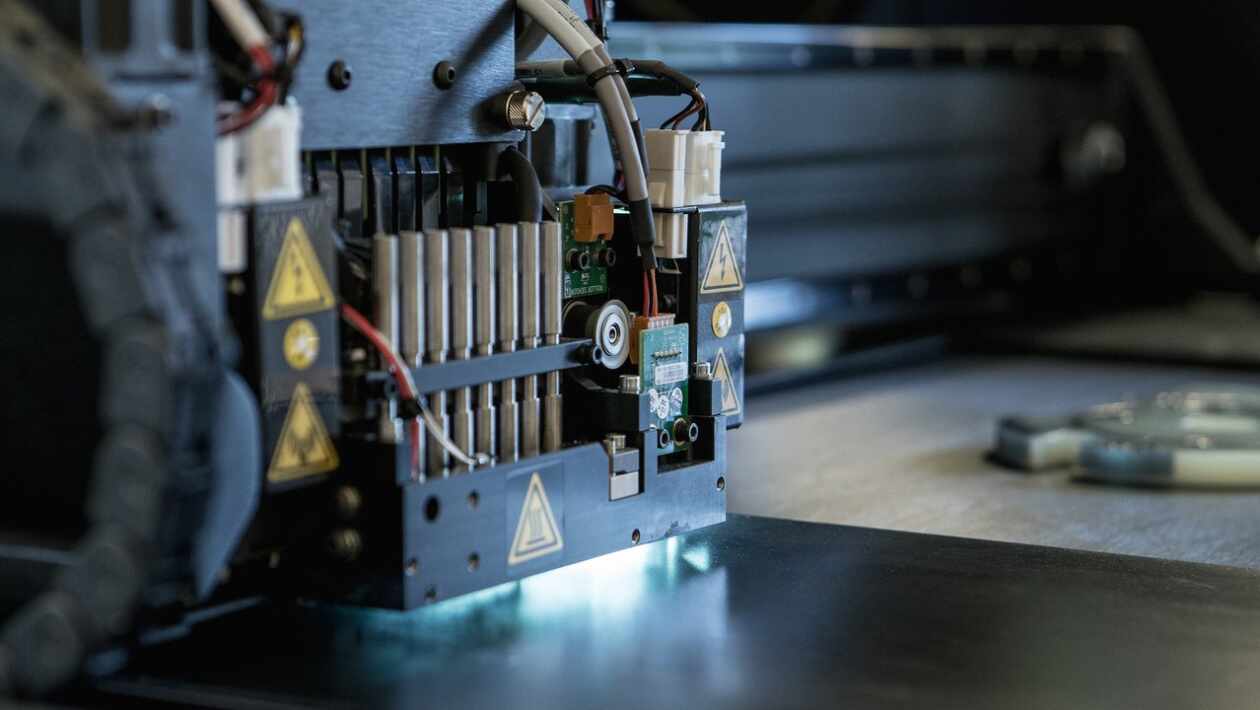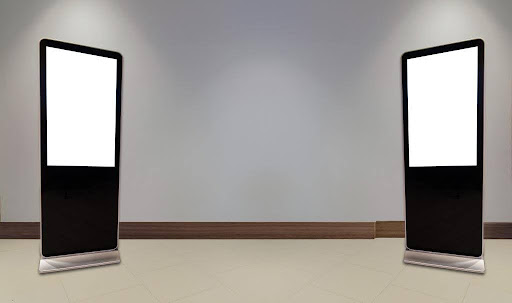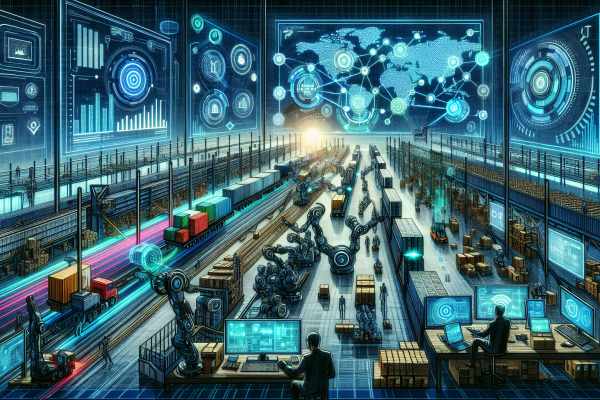In the past few years, more people have become aware of 3D printing technology. These devices go beyond anything people previously believed possible for a printer. While most printers use a spray of ink to print words or images, these printers use melted plastics that solidify into 3D designs.
One 3D printing process stands above the rest, producing far better results than many of its counterparts. This process bears the name of “material jetting.”
If you want the best results for your 3D printing, a material jetting 3D printer may be the solution you need! Read on to learn more about what it is and how it works.
Table of Contents
What Is Material Jetting?
It is an inkjet process. Printheads deposit a liquified material onto the printer’s build platform in several layers. Next, the process utilizes UV light to solidify the material.
Various printers have different methods for depositing materials. Some use a continuous approach, while others perform Drop-On-Demand jetting. This latter technique typically deposits more viscous liquids.
The process is quite intricate. We’ll examine it in greater depth in the following section.
Exploring The Material Jetting Process
To understand how it is that material jetting produces such positive results, we’ll examine the process it utilizes. First, the machine preheats its liquid resin to a thicker viscosity. It deposits that initial layer wherever required.
Next, the printer simultaneously prints the necessary support structures with the initial part to maintain stability. The material then becomes exposed to UV light, which solidifies the material layer.
Afterwards, the build platform lowers by one layer height. From there, the process continues until completion. You could think of this stage as analogous to a printer printing your pages or copies until it completes the entire print.
Finally, when the printer finishes the process, it removes the support structures from the part. At this stage, your part or product is ready for post-processing.
Advantages of Material Jetting
Many 3D printers produce jagged, blocky-looking products that aren’t exactly accurate to their designs. Material jetting machines have a reputation for producing accurate parts and products with a smoother finish, however.
Certain printers can produce extraordinary finishes in their products. For example, polyjet printers form highly accurate designs in their prints.
Likewise, many 3D printing technologies produce limited results in terms of color. Often, their products may feature only one or two muted shades. Material jetting, however, allows for full-color visuals for your prototype.
There are, however, a few disadvantages of material jetting. Due to the length of its printing process, it is a slower option than others available in 3D printing. Furthermore, while it produces accurate and textured results, they aren’t as durable as alternatives from other machines.
Try Material Jetting Today!
This produces excellent results for your prototype. If you want a model that looks accurate to your designs, this process is perfect for you. So, give it a try today!
We hope you enjoyed this article! For more like it, check out our other content today.





